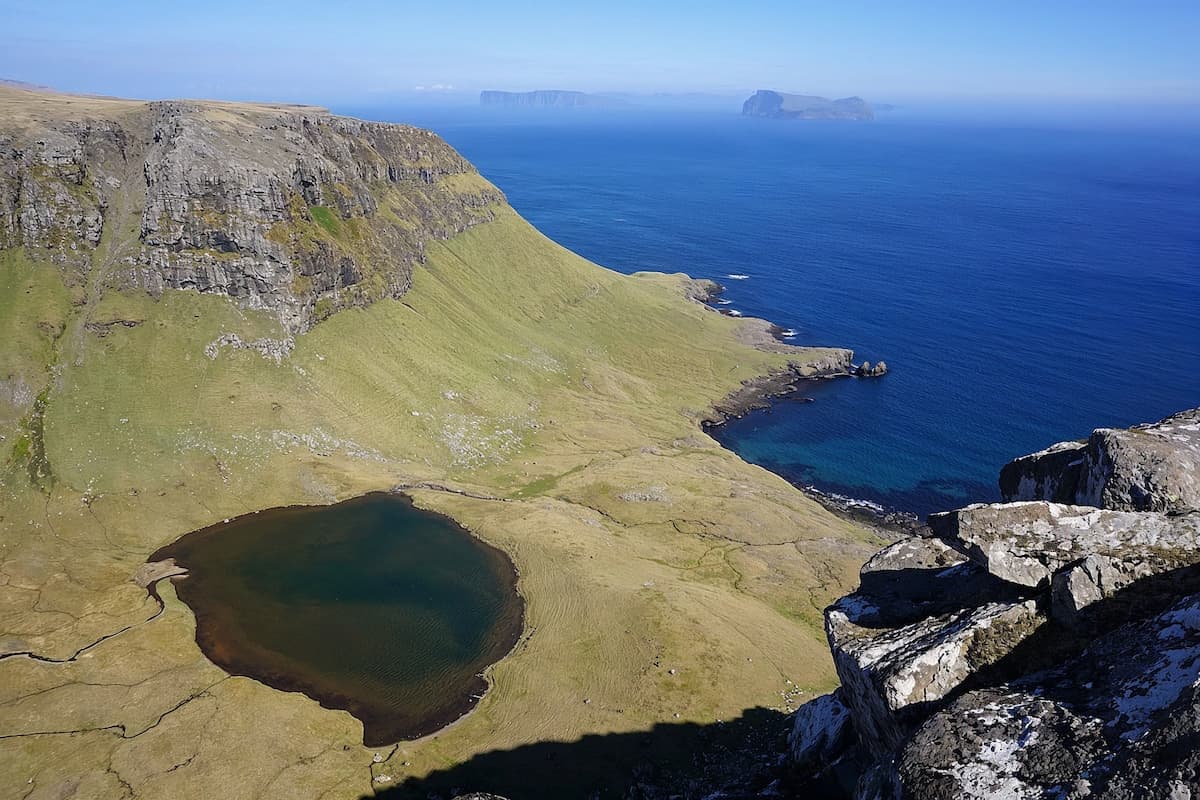
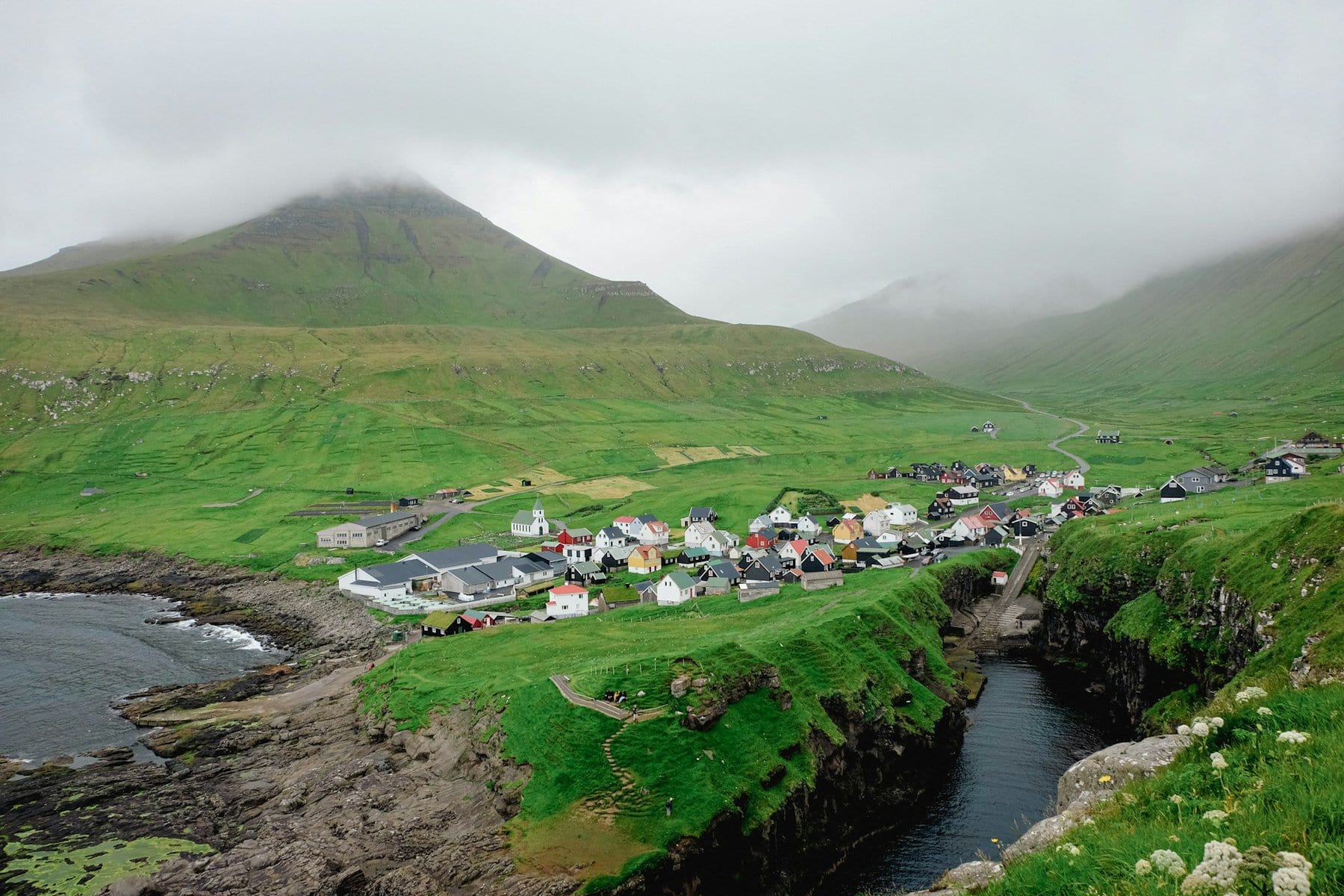
In the idyllic Faroe Islands, you’ll find Gjógv, a quintessential village embodying tranquil beauty. Nestled on the northeastern coast of the island of Eysturoy, this small settlement is a tapestry of traditional Faroese architecture and scenic landscapes.
Gjógv is distinguished by its distinctive natural harbour, which is actually a sea-filled gorge running from the village down to the ocean. This feature is not only a piece of natural artistry but also serves a practical purpose for local boats.
With a modest population that adds to its intimate charm, Gjógv offers a peaceful retreat from the hustle of modern life. The village, like many in the Faroes, has a close-knit community where traditional Faroese customs are preserved and celebrated.
The economy of Gjógv, similar to other villages in the Faroes, is primarily based around fishing, sheep farming, and, increasingly, tourism, which is drawn to the village’s authenticity and serene environment.
To experience the serene Faroese lifestyle, a visit to Gjógv is essential. Its picturesque setting and the hospitality of its residents epitomise the true spirit of the Faroes.
The village is named after one of it’s striking geographical features: the gorge.
The Gorge of Gjógv is the village’s namesake, a remarkable sea-filled gorge that acts as a natural harbour.
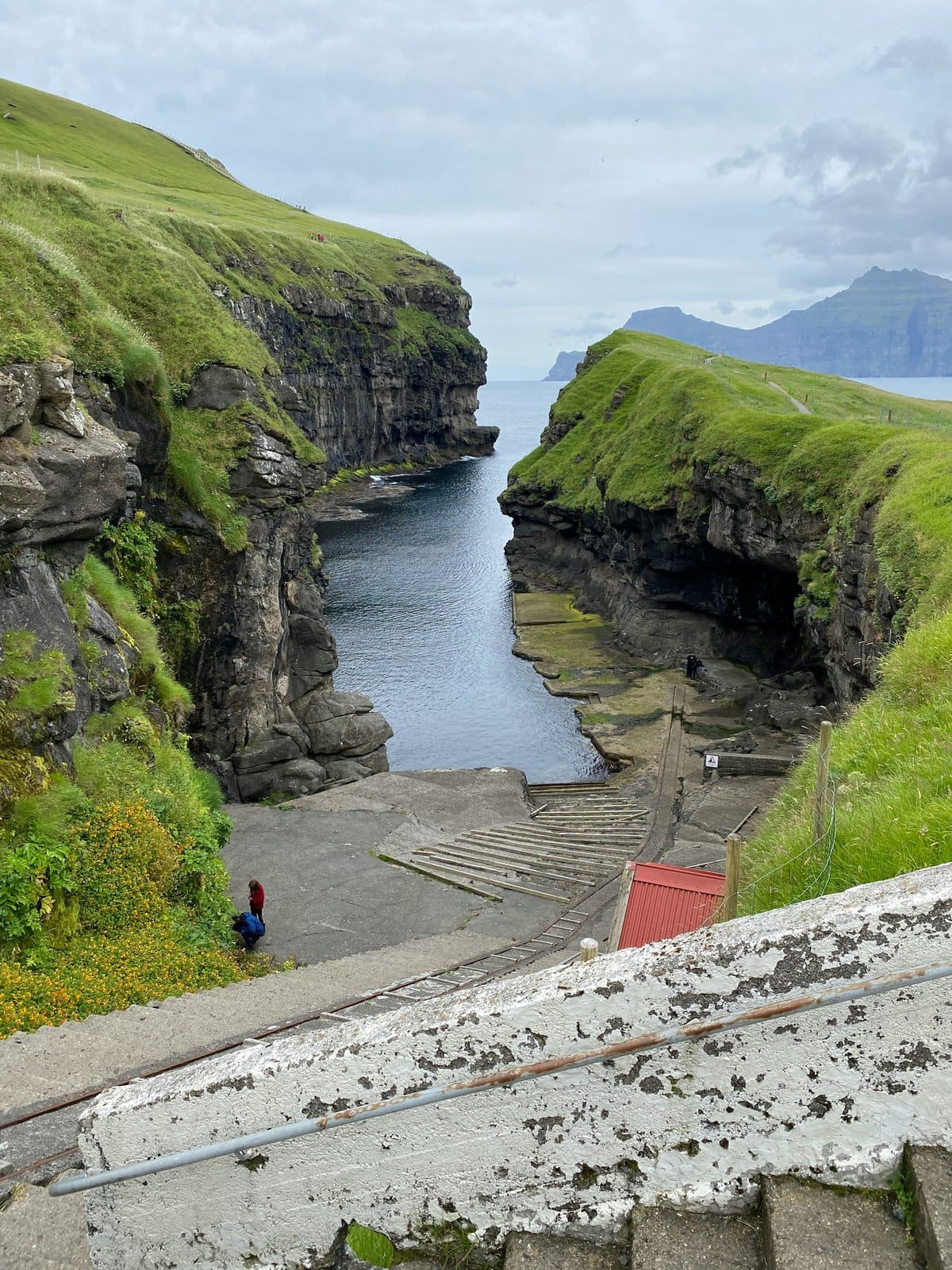
This geological marvel stretches approximately 200 metres inland and ends in a small boat landing spot, surrounded by steep cliffs. It is not only a testament to nature’s sculpting powers but also an integral part of the village’s marine activities.
For a deeper understanding of the elements that have produced the region, read the article Basaltic dyke with particular volcanogenic structures and its geomorphic evolution if you’re interested in the geomorphological background of the area.
The mountainous landscape around Gjogv includes some of the highest peaks in the Faroe Islands. These mountains offer you sweeping views of the North Atlantic Ocean and the rugged coastline. The area’s geology comprises basalt layers, providing a sturdy foundation for the flourishing flora and diverse fauna that inhabit the rugged terrain.
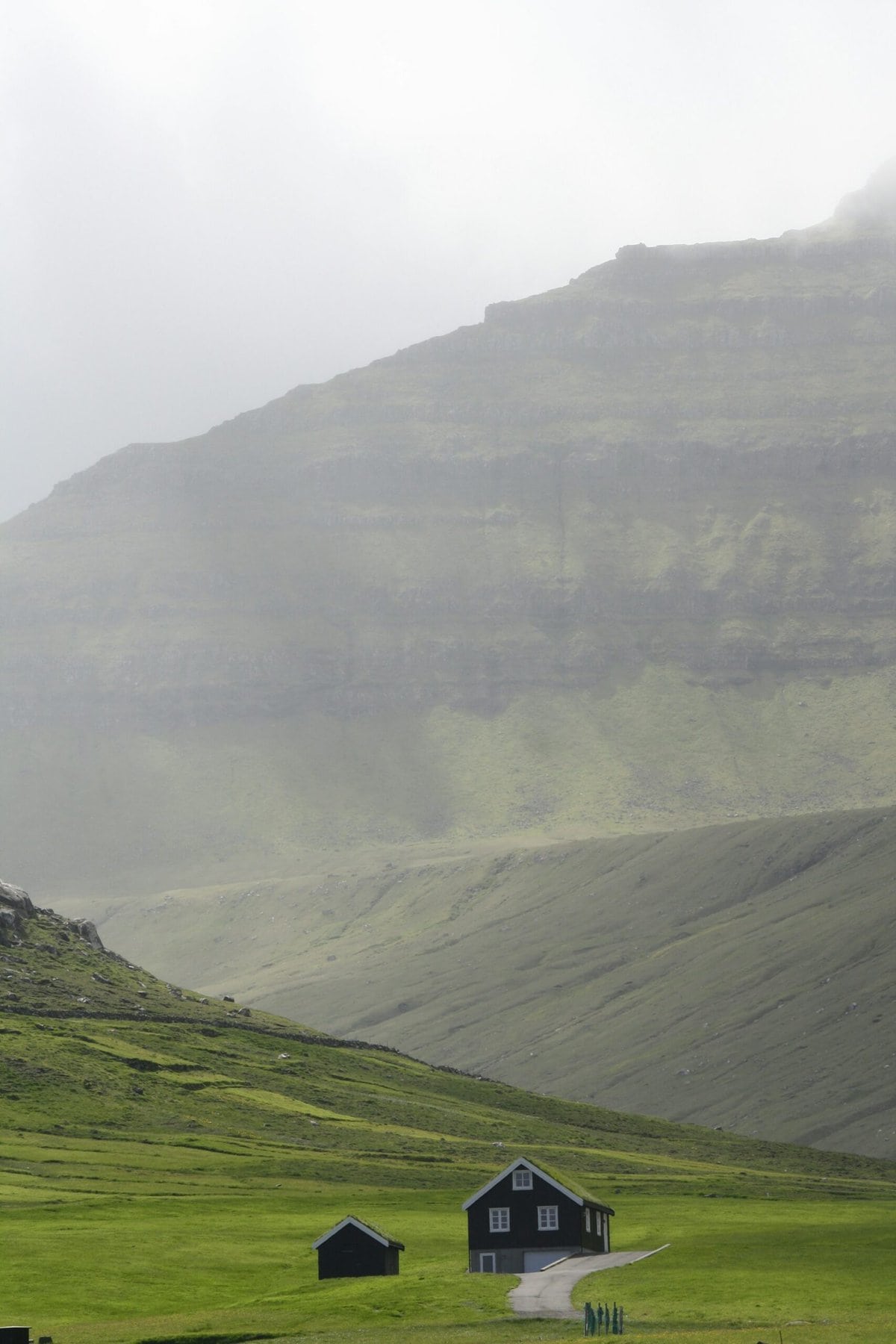
To the south of Gjógv, you’ll find the Ambadalur Valley, a lush valley carved out by ancient glacial and river activity, presenting you with a striking contrast to the village’s rocky shoreline. It’s a verdant retreat where rare birds can be observed, fostering a unique biodiversity hotspot. For more detailed explanations of the valley’s formation and its significance in the region’s geomorphology read: Holocene slope processes and landforms in the northern Faroe Islands.
The village of Gjógv, known for its outstanding natural beauty and rich cultural tapestry, offers you a glimpse into the Faroe Islands’ historical past and venerable traditions.
The village church in Gjógv stands as a beacon of spiritual and communal life. Important for both religious ceremonies and community gatherings, your visit to the church allows you to absorb the tranquil atmosphere that has been a cornerstone of village life.
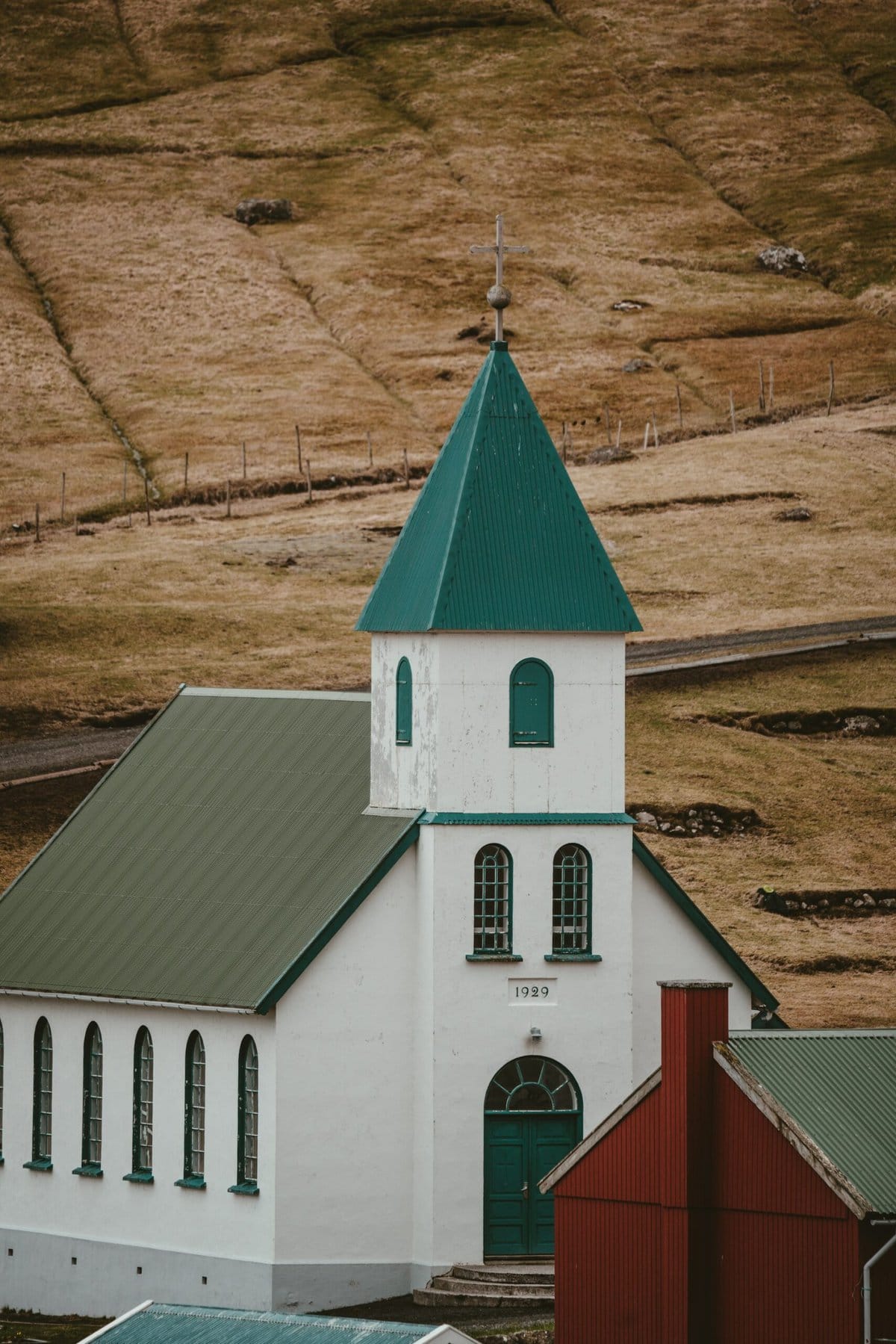
You will find the historical architecture of Gjógv particularly striking. The characteristic grass-roofed houses reflect a distinctive Faroese building style that offers insights into the ingenuity and resilience of the island’s inhabitants in facing harsh weather conditions.
Gjógv is a living museum of the Faroese language and traditions. Immerse yourself in the local culture by engaging in conversations with villagers, listening to them speak in their native tongue, and observing age-old customs still being practiced today. You may even hear the enchanting melodies of traditional Faroese music echoing through the village streets.
Through the lens of Gjógv, you will witness a picturesque village that has preserved its culture and history despite the winds of change.
Gjógv offers you charming accommodation options and essential amenities to ensure a comfortable stay. Discover the quaint guesthouses that provide a true Faroese experience, or set up camp at the local campsite for a more natural retreat, with a handy grocery store nearby for supplies.
You’ll find a range of guesthouses waiting to welcome you with open arms. Each guesthouse is furnished in a cosy, traditional style, affording you a homely atmosphere. Many offer stunning views of the village and its surrounding landscapes, and you can expect friendly service steeped in local knowledge.
If you’re inclined towards an outdoor stay, the local campsite is well-equipped with facilities for tents and small campervans, nestled amidst Gjógv’s tranquil beauty. For your daily needs, the village grocery store is at your service, stocked with a variety of goods to satisfy both your essential and indulgent preferences.
The main attraction of Gjógv is its natural beauty and tranquil lifestyle. Your visit here offers an opportunity to explore the outdoors through various activities centred around the landscape and the sea.
The village is surrounded by spectacular views, with hiking trails that allow you to experience the serene environment up close. One of the key attractions is the gorge where you might spend time taking in the impressive cliff views.
During your hikes, keep an eye out for the omnipresent sheep dotting the hillsides, which are as much a part of the terrain as the grass they graze on.
In Gjógv, fishing isn’t just an activity; it’s a part of the village’s lifeblood. The local harbour is a hub where you can observe traditional fishing techniques or even try your hand at catching fish, such as the celebrated klippfiskur, a dried and salted cod. Nearby fish farms contribute to the local economy, and tours might be available to see aquaculture in action.
Gjógv is well-connected with multiple modes of transport making your journey there convenient. Whether you’re driving or opting for public transport, you’ll find well-maintained routes and services.
The picturesque village of Gjógv is situated on the island of Eysturoy, which is connected to the Faroese capital, Tórshavn, by a network of well-maintained roads. To drive to Gjógv, you will navigate a scenic route that offers views of the surrounding landscapes.
The trip from Tórshavn to Gjógv typically takes around one hour. You start on route 10 and switch to route 724 as you approach the village. Ample signage is present, ensuring you don’t miss your turns. As driving conditions can be affected by weather, particularly in winter, it’s advisable to check forecasts and road conditions before your trip. Along the way, there is an opportunity to view the island of Kalsoy, known for its dramatic landscapes.
If you prefer public transport, regular bus services operate from Tórshavn to Gjógv. The Strandfaraskip Landsins provides bus schedules that fit around the school timetable, making it convenient for students attending the local school to commute. Pay attention to the seasonal variation in the timetable. Another unique option is the helicopter service; although not a daily public transport method, it can be a thrilling way to experience the stunning aerial views of the islands. Gjógv has a helicopter pad, used for these services, which provides an alternative and faster route to or from the village.
Your journey through Gjógv opens a window to a landscape abundant with charming villages and captivating natural landmarks. Each turn reveals a portion of the Faroe Islands’ intrinsic beauty, marrying human settlement with the untamed character of the North Atlantic.
As you explore the regions encircling Gjógv, Funningur stands out as a quaint settlement adorned with traditional grass-roofed houses. This village holds the significant distinction of being among the oldest in the Faroe Islands. A short detour allows you to behold Kunoy, a neighbouring island that presents shelter in its natural harbor. Here, the Búgvin sea stack rises majestically from the ocean, a testament to the Faroe Islands’ dramatic geological past.
Eysturoy Island, on which Gjógv is situated, encapsulates a wealth of experience within its embracing coasts. The island is the second-largest in the archipelago, offering a rich plethora of outdoor ventures away from the village confines.
The topography surrounding Gjógv is nothing short of awe-inspiring. The highest peak on Eysturoy, Slættaratindur, accessible from the village, grants a bird’s-eye view of the surrounding islands; on clear days, Vágar to the west and the northern isles are visible.
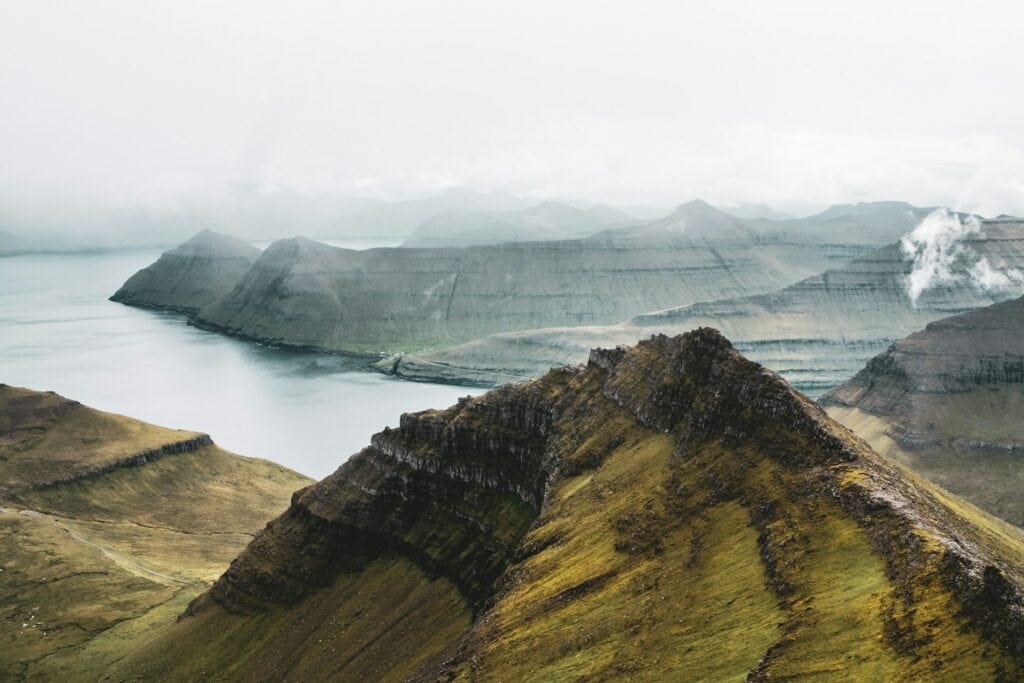
Middagsfjall, another prominent summit, stands guard over the village, with its slopes descending into Funningsfjørður, the fjord that shapes the island’s rugged northeast coast.
The landscape adjacent to Gjógv also offers a front-row seat to some of the most outstanding natural scenery in the Faroes. Cliffs, both lofty and stark, envelope much of the coastline, providing sanctuaries for seabirds and forming a dramatic backdrop for explorers. Whether you’re navigating the heights or tracing the panoramic views that unfold as you walk, there’s an ever-present sense of the island’s grandeur.
In Gjógv, your experience of the local industry will largely revolve around traditional fish processing and the production of prefabricated building elements, both essential to the village’s economy.
Your understanding of Gjógv’s cornerstone industry begins with klippfiskur, a term for dried and salted fish, which has historically been a staple export. In Gjógv, like many coastal Faroese communities, the process transforms freshly caught fish into long-lasting, flavourful products, through diligent salting and drying techniques. This meticulous process not only preserves the fish but also enhances its taste, making it a sought-after item both locally and abroad.
As you turn your attention away from the harbour, you’ll find the village has adapted to modern demands with the manufacturing of prefabricated concrete elements. These are significant to the construction industry, with Gjógv contributing to both local infrastructure and broader projects. Employing advanced manufacturing processes, workers in Gjógv create components that ensure quick and reliable construction, essential for the Faroe Islands’ challenging weather conditions and landscape.
During your visit, you will discover the area’s extraordinary natural beauty, which is highlighted by its abundance of wildlife, particularly the variety of seabirds that live here. The natural rock harbor creates a picturesque setting for a rich avian tapestry woven into the rocks and skies.
Seabirds are the stars of Gjógv’s wildlife scene. You may find yourself captivated by the sight of numerous species that nest along the steep cliffs. Here’s a snapshot of what you might encounter:
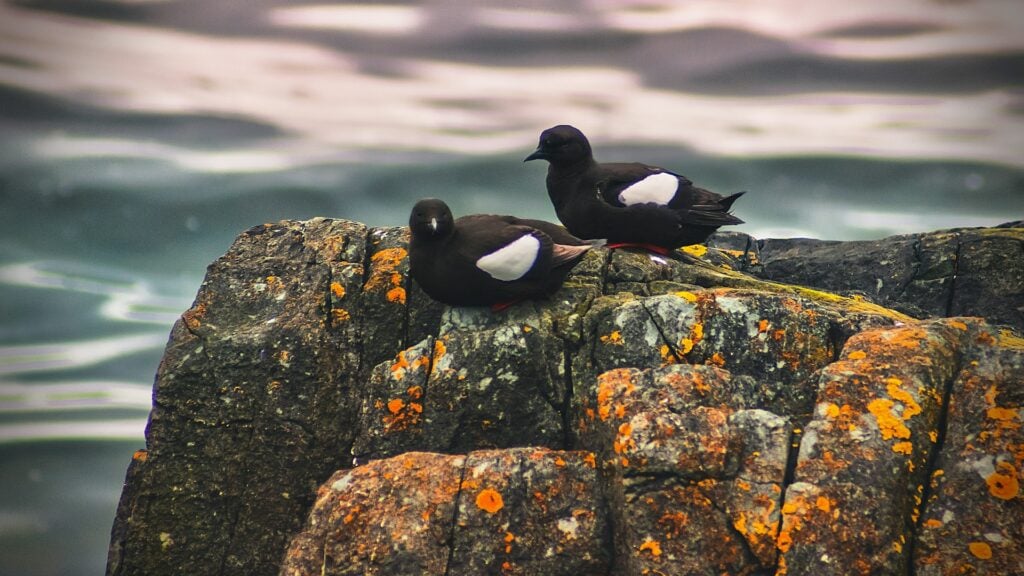
Exploring natural sights will increase your appreciation for nature’s raw beauty and the balance between animals and their environment. The gullies are natural sanctuaries that provide safe nesting for these seabirds, resulting in a thriving colony of winged residents that is both energetic and loud.
Whether you are a casual birdwatcher or an avid ornithologist, Gjógv offers a tranquil yet strikingly vibrant setting to appreciate nature’s airborne wonders. Keep in mind, while indulging in the visual feast provided by the avian inhabitants, the importance of maintaining a respectful distance to ensure these ecosystems remain undisturbed for years to come.
Featured image by: Jessica Pamp